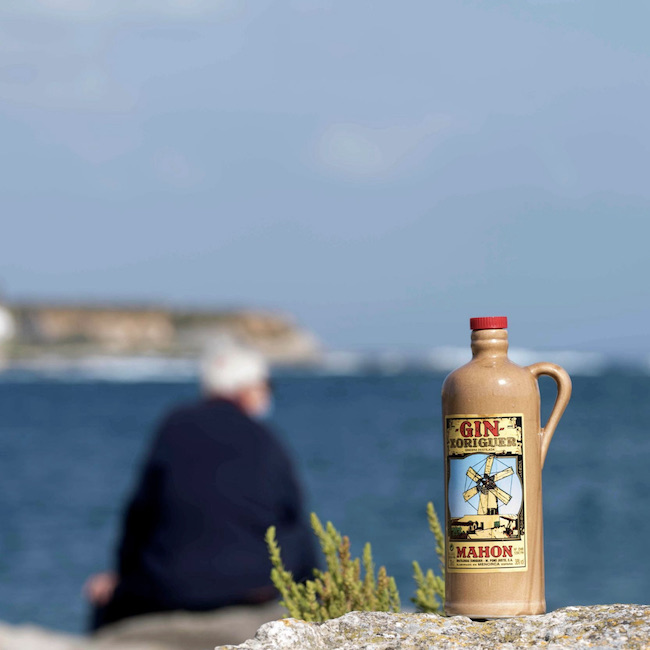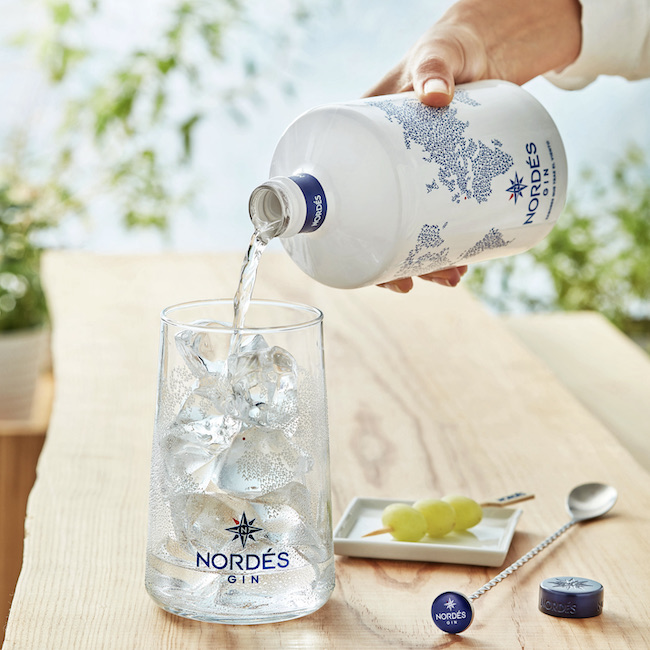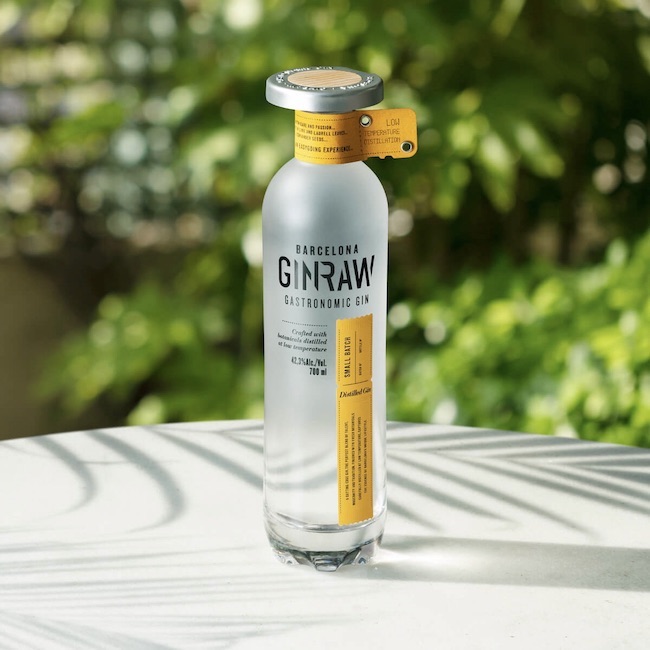by François Monti - @francoismonti
.png.transform/rendition-xs/image_image%20(1).png)
From historic brands to newcomers, Spanish Gin has a distinctive flavor profile that gives Mediterranean character to any drink

by François Monti - @francoismonti
Fifteen years ago, when gin became a ‘it’ drink across Spain and most of the Western world, the juniper-aromatised spirit was pretty much seen essentially as a British product. It conjured images of Her Majesty the Queen, leather-and-wood clubs and pubs and bowler hats. With the development of a new wave of craft gins, this has substantially changed. And Spain has been a key player in this evolution. Not only did the country fell heads over heels in love with gin, it also invented and exported a new kind of perfect serve which inspired many to launch distilleries or take a new look at old formulas.
Gin is gin wherever it’s made. There are various types (London Dry, Distilled, etc) but, broadly speaking, gin is made by distilling a neutral spirit with a range of botanicals, which always include juniper berries (from which gin derives its name) and often features coriander, angelica root, citrus peel, and various herbs and spices. Spanish gins obviously follow similar patterns, although, as we will see, they often introduce a combination of local and exotic botanicals, which can give them a distinctive flavor profile.

The historic importance of Balearic Gin
Historically, Spanish gin is not a new phenomenon. It is often said that production in the Iberian peninsula started with the British occupation of the Balearic island of Menorca during most of the 18th century. At the same time, London was going through a gin craze so, naturally, the British sought to produce their own gin on the island, using abundant local juniper. More than two centuries later, this tradition is kept alive by Xoriguer, a unique gin distilled with just one botanical —juniper, of course— in a 250 year old wood-fired pot still. This distinctive production method and profile combined with such a compelling story explains why there is now a Protected Geographical Indication (PGI) called Gin de Mahón (Xoriguer is the only brand to currently operate under the umbrella of the PGI), which is one of the only two gin PGIs in Europe at the moment.
Even regions of Spain with no history of British dominance started producing gins at the end of the 19th century. The country had a long distilling tradition and working with herbs was also very common thanks to the longstanding practice of making anise liqueurs. With this savour faire, it’s very easy to branch into gin-making. The most famous ‘heritage’ Spanish gin is arguably Larios, distilled in Malaga since 1866. It would become the country’s bestselling brand in the 1950s. To this day, it remains an instantly recognisable name for all gin lovers in Spain.

From popular brands to new generation ones
Another traditional Spanish gin is MG, launched by Manuel Giro in 1940. While Giro’s core brand remains a beloved presence in Spanish bars, the distillery made waves in 2010 for its involvement in the creation of Gin Mare, the self-styled Mediterranean gin made with botanicals as distinctive as arbequina olives, thyme, basil, and rosemary. Gin Mare was not the first gin brand to explore the craft gin path in the late 2000s and early 2010s, but its unique flavour profile and packaging made an impression and led many to try and imitate them. Proof of its success, the brand was acquired by United States conglomerate Brown Forman in summer 2022, and there are now ‘Mediterranean’ gins in Italy, Greece or France.
The Gin Mare saga is also a good example of the trends that have governed Spanish gin production over the last ten years. Although traditional gin in the London Dry style remains popular even with craft distillers, the most impactful launches of the Spanish gin renaissance have tried to offer different, more intriguing flavour profiles, not all of them Mediterranean: Galicia’s Nordés gin presents itself as an Atlantic gin with strong influence from their region. Six of the botanicals, including eucalyptus and lemon verbena, are Galician and the base spirit is made with albariño wine. Nordés’ rise has been meteoric, and it has become one of the most popular gins in recent years. This has led Osborne, the Jerez (Andalucia) house to purchase it in 2015 but its identity is left unchanged.

New players in the market
Many other gins are now knocking at the door. In the Basque Country, Astobiza Gin is made by the winemaker of the same name with local txakoli wines and most botanicals (including, on top of juniper, citruses, grapes and strawberries) are sourced in and around the vineyard. In Mallorca, distinguished brandy distillery Suau has recently released Maior Gin, made with only four botanicals, all closely related to the island: juniper, rosemary, Soller orange and fig leaves. Not all new gins are however connected to the land where they’re made. For inspiration, Gin Raw, made in Barcelona, looks at fine dining and perfumery, both in terms of botanicals (including kaffir lime, cedrat and black cardamom) and distillation techniques, as part of the blend is distilled at low temperature in a rotovap, a medical lab-grade instrument that has become an integral part of the toolkit for modernist chefs and mixologists.
Spain was at the forefront of the gin renaissance over a decade ago because local bartenders reinvented the gin and tonic format, creating signature serves with impressive garnishes, a healthy dose of gin and good mixers. This helped push a lot of fantastic craft brands that are now well known not only nationally but also globally. Today, Spain remains a trend setting country: one of the fastest growing segment of the spirit world is that of the so-called «pink gins», gins flavoured with berries. This trend was led by Puerto de Indias, from Seville. It made a name for itself by using Huelva strawberries in its gin. This once small brand has since been followed by most of the leading international traditional gin makers.
While gin in general and Spanish gin in particular remain linked to the Gin & Tonic format, gin is undoubtedly the star spirit for cocktails. In Menorca, Xoriguer is a central part of the traditional Pomada, a thirst-quenching gin and lemonade serve. Spain also has its own aperitivo cocktail, the Media Combinacion, a mix of vermouth, orange liqueur and gin that’s a perfect match for classic dry gins. And whether they’re Mediterranean, Atlantic or Andalusian, the new wave gins offer distinctive profiles that top mixologists put to great use in their signature cocktails. Whatever one feels like having, there’s always a great Spanish gin that will fit the need.